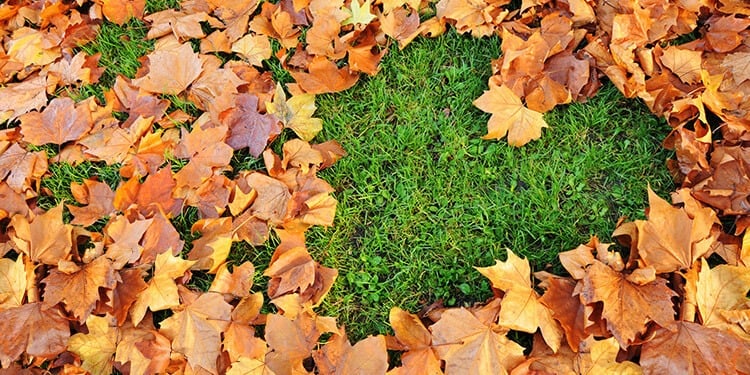Your lawn’s health depends on proper care and maintenance. Nourishment and weed control are a couple of key elements, but the timing of your care regimen is also vital. Understanding your grasses’ growth patterns is essential to ensuring a beautiful and high-quality yard. If you’ve ever asked “when does grass stop growing?”, this guide is for you.
Understanding Seasonal Growth Patterns
As you probably know, plants require a few important things to grow and reproduce. Sunlight and water are both critical components in photosynthesis. Plants use that light energy to convert water and carbon dioxide into glucose, a critical building block for creating cells and seeds. Nutrients in the soil, air, and water aid this process and help each plant survive, thrive, and grow.
Temperature is another crucial part of this equation. Broadly speaking, temperatures changes signal seasonal changes and trigger specific segments of a plant’s life cycle. Plants respond to temperatures by either accelerating or slowing down specific processes. Warm weather brings growth and reproduction, while cooler temperatures prompt plants to become dormant or even die off.
That’s a pretty basic explanation, but there’s even finer science behind seasonal temperature changes and plant life cycles. Warmer temperatures trigger certain chemical reactions within each plant, including photosynthesis. In fact, photosynthesis speeds up thanks to enzymes’ better ability to bind to the right molecules during the process. However, extremely hot weather can slow it down and also rob plants of nourishment and moisture. Photosynthesis also slows down during cold weather, which is why plant growth typically decelerates during late fall.
Seasonal Grass Growth in Your Lawn
Now that you comprehend how temperatures impact plant growth, let’s apply this knowledge to your lawn. Growth patterns depend partially on the species of grasses present in your yard. Cool-season varieties such as Kentucky bluegrass, ryegrasses, bentgrasses, and fescues are popular in Southeastern Michigan. You’ve likely observed how their growth picks up in the beginning or middle of spring and during the cooler temperatures of late fall.
Even so, this pattern slows down before chillier temperatures hit. Lawns like these still need a pre-winter plan, and part of that plan is knowing when you should mow it for the last time each year. Most cool-season grasses can still flourish comfortably in temperatures below 50 degrees Fahrenheit but gradually stop sprouting as it approaches 32 degrees. That usually starts to happen in late November or early December.
The Last Mow of the Season
With your lawn’s growth patterns in mind, you should carefully plan and time its final mow during the fall. This pre-winter cut can help prevent the development of moldy fungus that could damage your yard. Warm-season grasses are normally cut for the last time before their dormant season, usually before late October and prior to the first frost. Cool-season grasses should get their final mowing in November before their dormancy period begins.
Many homeowners make the mistake of cutting their grass too short during this final mowing session. Unfortunately, this can damage the lawn by stunting its growth or causing it to go into hibernation too early. The key is maintaining a reasonable height. Most guides recommend cutting grass to about 2 inches high. For cool-season varieties like Kentucky bluegrass, you can safely trim it to 2 ½ inches high during the last mow.
High-Quality Lawn Care From Local Experts
Knowing when to mow is just one important part of your total lawn care strategy. Southeastern Michigan homeowners count on Lush Lawn for healthy, gorgeous, and thriving yards. Learn about lawn winterization today or request a free estimate by completing our contact form. You can also call Lush Lawn toll-free at (866) 303-2923.
